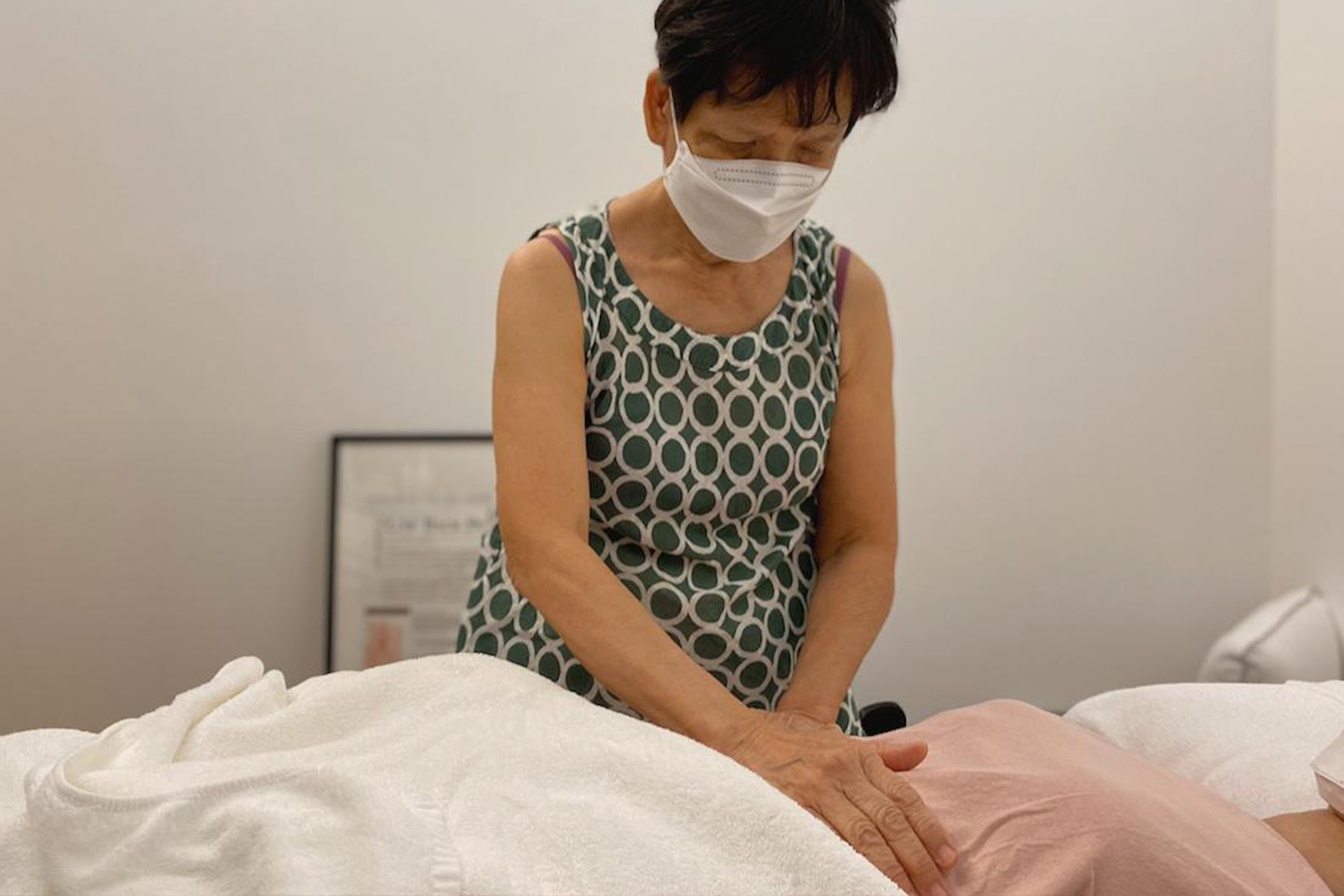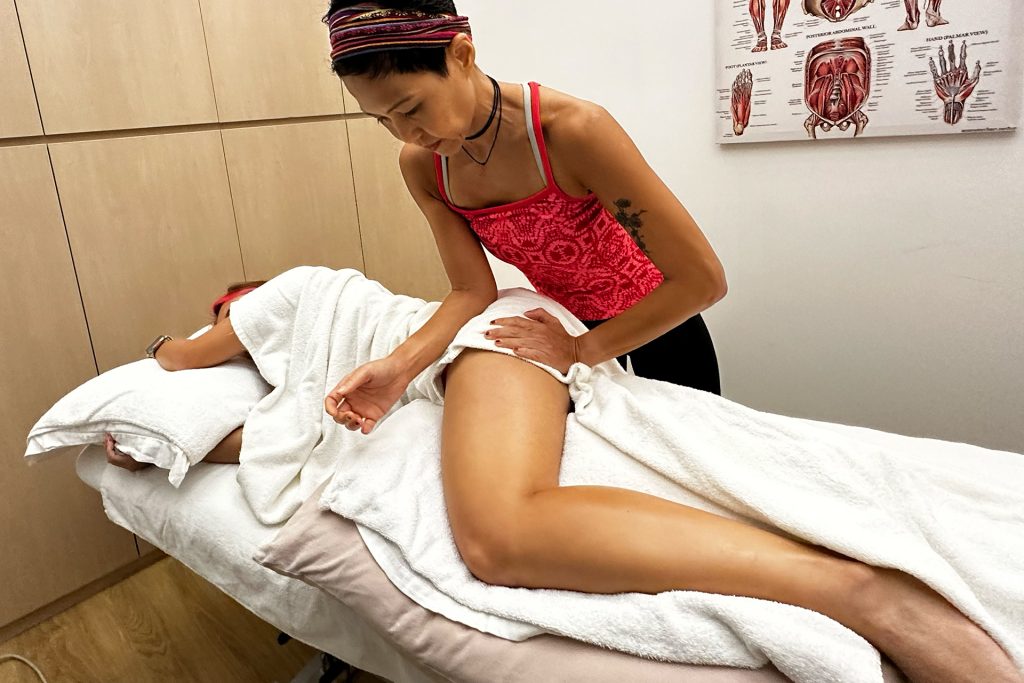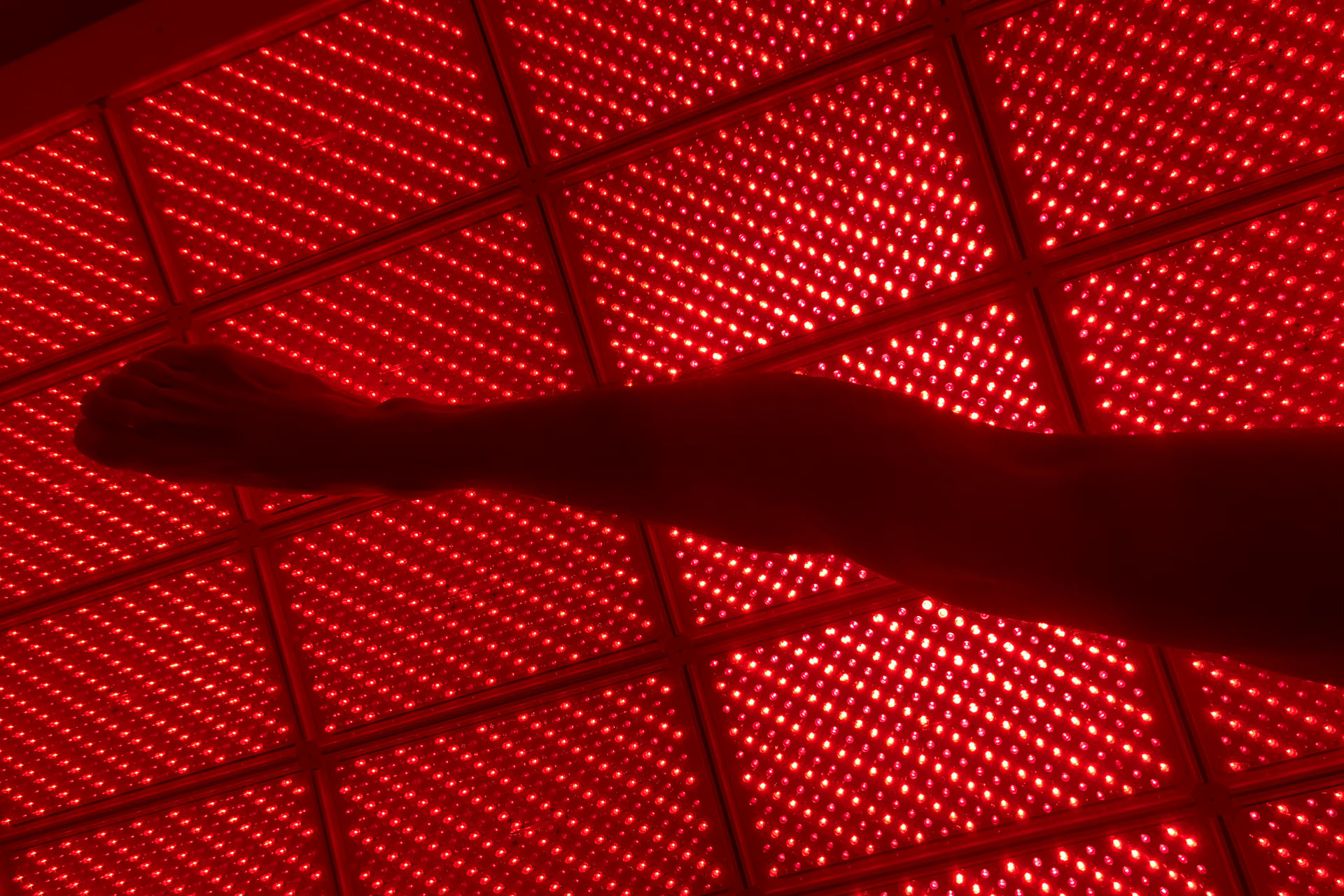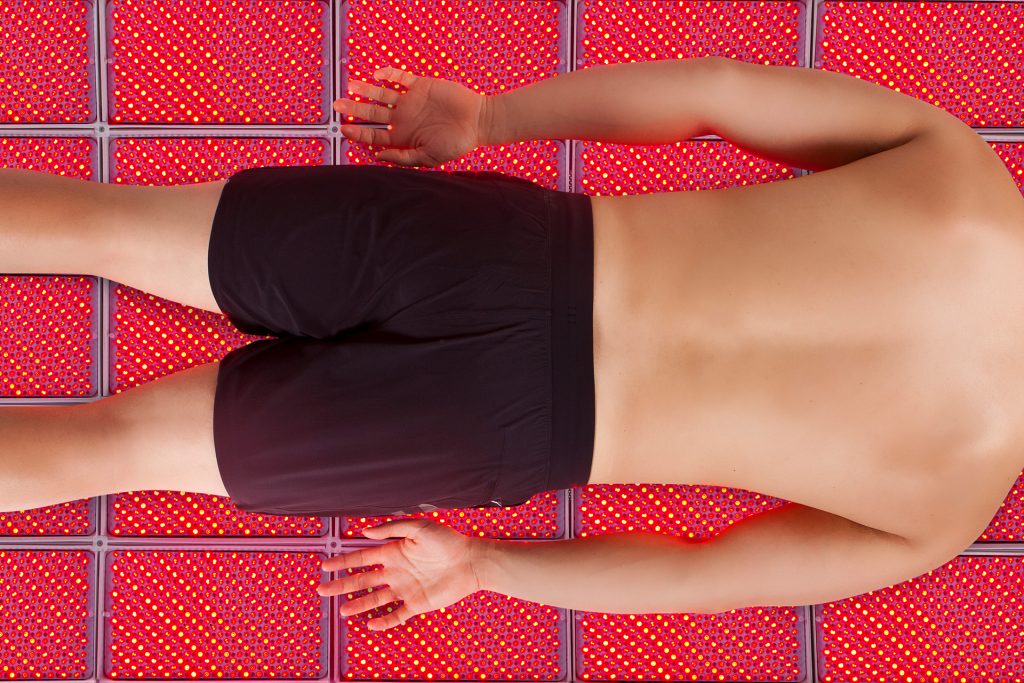The human body is an intricate system that relies on a delicate balance of various processes to function properly. For the lymphatic system, appropriate flow is fundamental to maintaining an adequate immune system, facilitating cellular processes, and eliminating toxic byproducts. Yet, congestion can arise from a range of intrinsic and extrinsic factors, including systemic illnesses, tissue injuries, stress, and lack of movement.
Factors that may lead to lymphatic system congestion include restricted hemodynamics, or decreased blood flow, to a particular area of the body. This can be due to a blockage or constriction in the blood vessels. The result leads to systemic illnesses, tissue injuries, and overexposure to adverse debris, such as increased hydrogen ions and carbonic acid, accumulating during the catabolic muscle-building process.
How the Lymphatic System Works
The lymphatic system is often regarded as the less-known and less-researched sibling of the circulatory system, yet it is critical to proper immune function and cellular health. Most body systems form a closed circuit, where fluids flow through a set pathway. However, the lymphatic system has a different function.
The system comprises lymphatic vessels, fluid, and lymph nodes, which work together to achieve healthy metabolic function. A lymphatic detox removes excess toxins from tissues and flushes them into the bloodstream.

The lymph nodes filter lymph fluid and remove harmful substances picked up along the way. The lymph system transports about two liters of lymph fluid throughout the body each day, ensuring that the body maintains proper fluid balance. The kidneys then filter the waste substances and excrete them as urine.
While most people do not need to take specific measures to maintain lymph health, some methods can help restore balance and function in healthy individuals. These techniques can provide a way to become more attuned to your body’s natural fluctuations.
Many physiotherapists and alternative therapists have long emphasized the importance of lymph circulation, and contemporary medical practitioners are beginning to understand the connection between lymphatic health and its benefits when it comes to athletic training.
Lymphatic Drainage Massage Benefits as Part of Recovery in Athletes
Lymphatic massage therapy has been used to treat ill or injured patients for a long time and is now understood as a treatment intervention to benefit sports recovery and performance.
Swollen lymph nodes are one symptom of overtraining and may lead to downstream effects of fatigue, muscle breakdown and decreased performance. Lymph node massages have been shown to be effective in treating delayed onset muscle soreness (DOMS), a common condition caused by small tears in muscle fibers that results in inflammation and soreness.
By increasing blood flow, massage can help eliminate waste products like hydrogen ions and carbonic acid that build up in muscles after intense exercise. Improved circulation brings more nutrients to the area to improve the body’s ability to recover from muscle fatigue. Additionally, increased circulation helps to remove toxic debris that accumulates during strength training, reducing recovery times to build strength.

Researchers investigating the buildup of muscle, skin and subcutaneous fluid in runners 3 to 5 days following a long-distance run, found that poor lymphatic system function may cause DOMS due to lactic acid buildup in the body, which prevents proper blood flow from flushing out toxins. Imagine if you’re doing this to your body on a regular basis, each and every week!
A separate study discovered that brief periods of physical inactivity can hinder the rate at which creatine kinase, lactate dehydrogenase, and aspartate aminotransferase are cleared from the body after exercise. If elevated, these enzymes contribute to muscle and tissue damage.
Applying manual lymphatic massage right after exercising can decrease tissue or muscle damage and aid in removing blood lactate. This can help competitive athletes remove lactic acid from their muscles faster, leading to a quicker recovery from their workouts and training.
Post-op lymphatic drainage has been utilized as a recovery tool by professional athletes after surgery or even following a traumatic injury. This technique can aid recovery and facilitate a quicker return to their sport.
Book a Lymphatic Massage in Singapore at HelloPhysio
Maintaining proper lymphatic system function is crucial to overall bodily health and function, particularly for athletes looking to optimize their training and recovery. Congestion in the lymphatic system can lead to compromised immune function, muscle soreness, and decreased athletic performance.
Lymphatic treatment massage has been shown as an intervention to benefit sports recovery and performance, reducing recovery times and aiding in the removal of waste products that build up in muscles after intense exercise. Athletes can promote optimal lymphatic health and enhance their training outcomes by incorporating lymphatic massage into their recovery routines.
Contact us today to book an appointment and experience the numerous benefits of lymphatic drainage therapy. Our team of trained physiotherapists and rehabilitation therapists is dedicated to providing the highest quality of care to improve your lymphatic wellness and massage helps to benefit your overall health.







